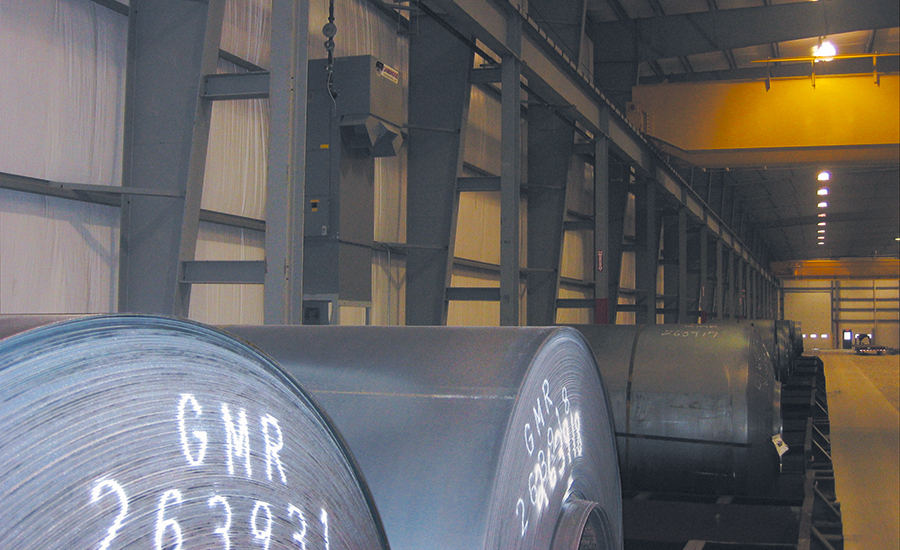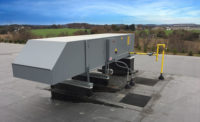A steel warehouse and distribution company in Butler, IN, decided to add 66,000-sq-ft to its existing 100,000-sq-ft facility and needed to address the heating requirements for the newly expanded facility. They planned on replacing the aging indirect-fired air-turnover unit that was used to heat the original 100,000-sq-ft facility with new higher-efficient units that would heat the planned 166,000-sq-ft building and reduce yearly utility costs.
Because a single indirect-fired air-turnover unit couldn’t provide any redundancies and generated excessive utility bills during the winter heating months, the steel warehouse and distribution company decided to use Cambridge High Temperature Heating and Ventilation (HTHV) technology instead.
The company’s two main requirements for a new system were to lower their monthly heating costs and to provide a redundant solution that would heat their new facility during the winter months — all while meeting their ROI requirements.
Cambridge Engineering, with the help of a local HVAC mechanical contractor and the manufacturer’s representative, joined together to provide a solution that was specific to the building needs. Of particular concern were the multiple overhead cranes the facility used to move the large rolls of steel throughout the space, and the fact the roof structure on the existing 100,000 sq ft wouldn’t support a heavy rooftop unit. Since new units couldn’t interfere with the cranes and couldn’t be placed on the roof, the decision was made to use through-wall vertically mounted HTHV units located on the exterior walls of the facility. The new four-unit HTHV solution met the owners’ two main requirements, along with additional with benefits:
1. Lower utility costs. As a 92% thermal efficient solution, the HTHV technology dramatically lowered utility costs when compared to the lower efficiency air-turnover unit.
- Cost to operate the single indirect-fired air-turnover unit — $0.73/sq ft
- Cost to operate four Cambridge HTHV units — $0.25/sq ft
Even though the building size increased by 66% to 166,000 sq ft, the owner realized a decrease in natural gas usage of 33%.
2. The four HTHV units provided the building owner with heating redundancies. They no longer had to worry about heating their facility if one of the units went down.
3. The new wall-mounted vertical units wouldn’t interfere with the existing cranes.
4. Better indoor air quality. The HTHV technology uses 100% outside air. The technology is also a ventilation device as well as a heating solution. More outside air means better indoor air quality for the occupants. Buildings don’t need to breathe, but people do.



